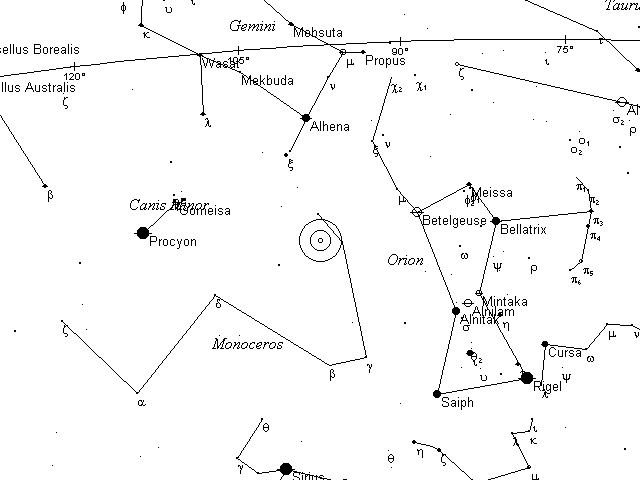

Here are some of our top alternative picks. There are other scopes worth considering from Celestron and other manufacturers, with or without computers. The 8SE isn’t exactly a scope we would recommend thanks to its less-than-steady mount, super-long focal length, and fairly high price for what you get. Should I buy a Used Celestron NexStar 8SE?Ī used 8SE isn’t bad, and if you can get it at a low enough price (or as an optical tube only), it’s worth considering sticking it on a different mount such as a CG-5, Advanced VX, HEQ5, or Celestron’s beefier NexStar Evolution mount.

However, only a Schmidt-Cassegrain or Maksutov-Cassegrain of the same size or smaller will be able to clear the base. The 8SE mount has a Vixen saddle, so it can take other optical tubes in theory. While the 8” aperture can show an impressive number of deep-sky objects and double stars, most of the 40,000 objects in the NexStar database are simply uninteresting, unaccompanied stars. The NexStar 8SE’s hand controller contains a catalog of about 40,000 objects. However, you should always keep AA batteries in the scope’s battery compartment because if external power is lost accidentally and there is no internal backup, the scope will have to be rebooted and re-aligned.
#AGENA ASTRO TELRAD PORTABLE#
The 8SE mount takes eight AA batteries, but we recommend only using these as a backup – get a portable 12-volt DC power supply and cord (Celestron even sells some meant specifically for astronomical use). Celestron’s Vibration Suppression Pads, while mildly inconvenient to deal with, will alleviate some of the jiggles with this scope, but not completely. This also presents the problem that you could knock the scope out of alignment if you’re not careful. While it does work pretty well with the C8 optical tube assembly, it is not ideal to support the telescope and can be jiggly at high magnifications, particularly if you are using any heavy accessories or have the legs extended. The Celestron NexStar 8SE’s mount is the same as the one supplied with the NexStar 6SE. These let you attach a 2″ star diagonal, focal reducer, DSLR T-adapter, and other accessories. On the back of the 8SE optical tube are the industry-standard Schmidt-Cassegrain threads. The 8SE’s moving-mirror focuser does cause some image shift (the wobbling of the primary mirror on the rod causes the field of view to jiggle when focusing), but nothing too severe. The Celestron NexStar 8SE has a long Vixen dovetail bar on the side of the optical tube, but it is mostly for looks because the scope will only balance when the dovetail is all the way or almost all the way forward in the saddle.

You can replace the screws with thumbscrews such as Bob’s Knobs to make things easier, but the thumbscrews seem to cause the scope to become miscollimated more often and interfere with attaching the lens cap. The Celestron NexStar 8SE scope is pretty good optically, though collimation can be tedious as with any Schmidt-Cassegrain – you must point the scope at a star (or an artificial equivalent), defocus it, and adjust the three small screws on the secondary mirror until everything is lined up. Despite revisions to the exact design of the tube, as well as the addition of Celestron’s StarBright XLT coatings and Hyperstar compatibility, the C8 is still essentially the same scope nearly forty years later. Since 1970, when the orange tube C8 made its debut, Celestron has been producing C8s in basically the same format.


 0 kommentar(er)
0 kommentar(er)
